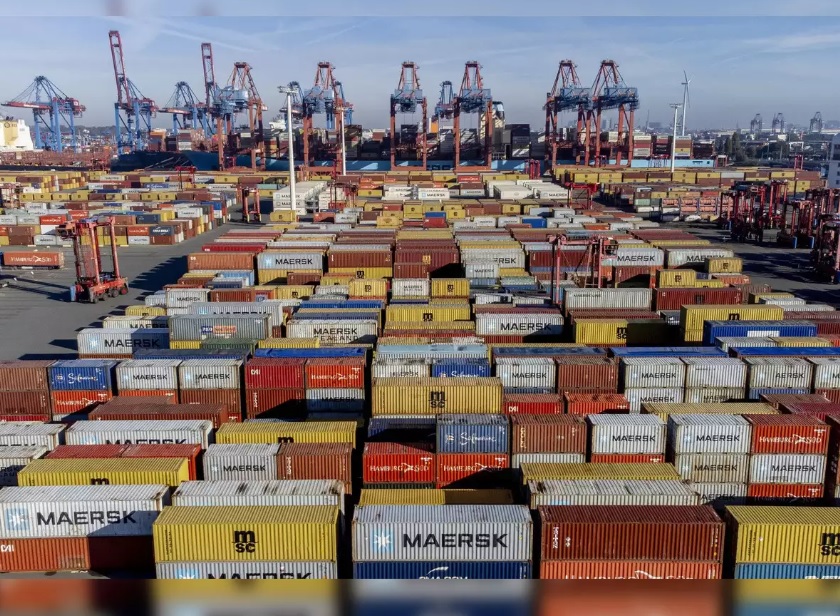
The World Trade Organization (WTO) has released its updated ‘Global Trade Outlook and Statistics’ report, underlining a cautious optimism for global trade. While merchandise trade is expected to rebound in 2024 and 2025, lingering economic and geopolitical uncertainties continue to pose challenges. The WTO has revised its forecast for world merchandise trade growth upwards to 2.7 per cent for 2024, a slight increase from the 2.6 per cent predicted in April. This growth is expected to continue into 2025, albeit at a slightly slower pace of 3.0 per cent.
Report highlights
Modest growth: Global merchandise trade volume is expected to grow by 2.7 per cent in 2024, a slight increase from the previous estimate of 2.6 per cent. This rebound follows a 1.1 per cent drop in 2023, attributed to high inflation and rising interest rates. Growth is projected to further strengthen to 3 per cent in 2025.
Regional variation: Asia is expected to lead the growth in export volumes with a 7.4 per cent increase in 2024, while Europe is projected to see decline of 1.4 per cent. Least developed countries (LDCs) are forecast to see a modest 1.8 per cent growth in exports.
Services trade resilience: Services trade has shown a more robust performance, growing by 8 per cent in the first quarter of 2024. Travel services were a key driver, exhibiting a strong 19 per cent growth in the same period.
Easing inflation: The report notes that inflation has moderated sufficiently by mid-2024, allowing central banks to begin cutting interest rates. This is expected to provide some support to trade growth
Geopolitical risks remain: The WTO highlights that rising geopolitical tensions and increased economic policy uncertainty could negatively impact trade prospects.
Focus on textile and apparel sector
The textile and apparel sector, a significant contributor to global trade, is experiencing mixed recovery. It suggests demand for textiles and apparel is shifting, with increased demand for sustainable and ethically produced products. The sector continues to grapple with supply chain disruptions, with companies seeking to diversify sourcing and build greater resilience. Also, Asia remains the dominant player in textile and apparel production and exports. However, some production is shifting to other regions, including Africa and South America, as companies seek to reduce costs and diversify risks. And online sales of textiles and apparel continue to expand rapidly, creating new opportunities for businesses of all sizes. This trend is particularly pronounced in emerging markets with growing internet penetration.
Table: Regional trade growth projections for 2024
|
Region |
Export volume growth (%) |
Import volume growth (%) |
|
Asia |
7.4 |
6.5 |
|
North America |
2.1 |
1.9 |
|
South and Central America |
1.5 |
1.7 |
|
Europe |
-1.4 |
-2.3 |
|
Africa |
0.8 |
0.9 |
|
LDCs |
1.8 |
2.1 |
The report indicates developed economies facing slowdown and high inflation, are expected to see moderate trade growth. Driven by strong domestic demand and rising incomes, developing economies are likely to experience more robust trade growth. LDCs or least developed economies while facing significant challenges are expected to benefit from increased trade opportunities, particularly in sectors like textiles and apparel.
The WTO report also highlights several challenges and risks to the global trade. The ongoing geopolitical conflicts and trade disputes create uncertainty and can disrupt supply chains. At the same time, unpredictable economic policies and potential trade restrictions can negatively impact investor confidence and trade flows. And extreme weather events and climate-related disruptions could pose a threat to global trade.












